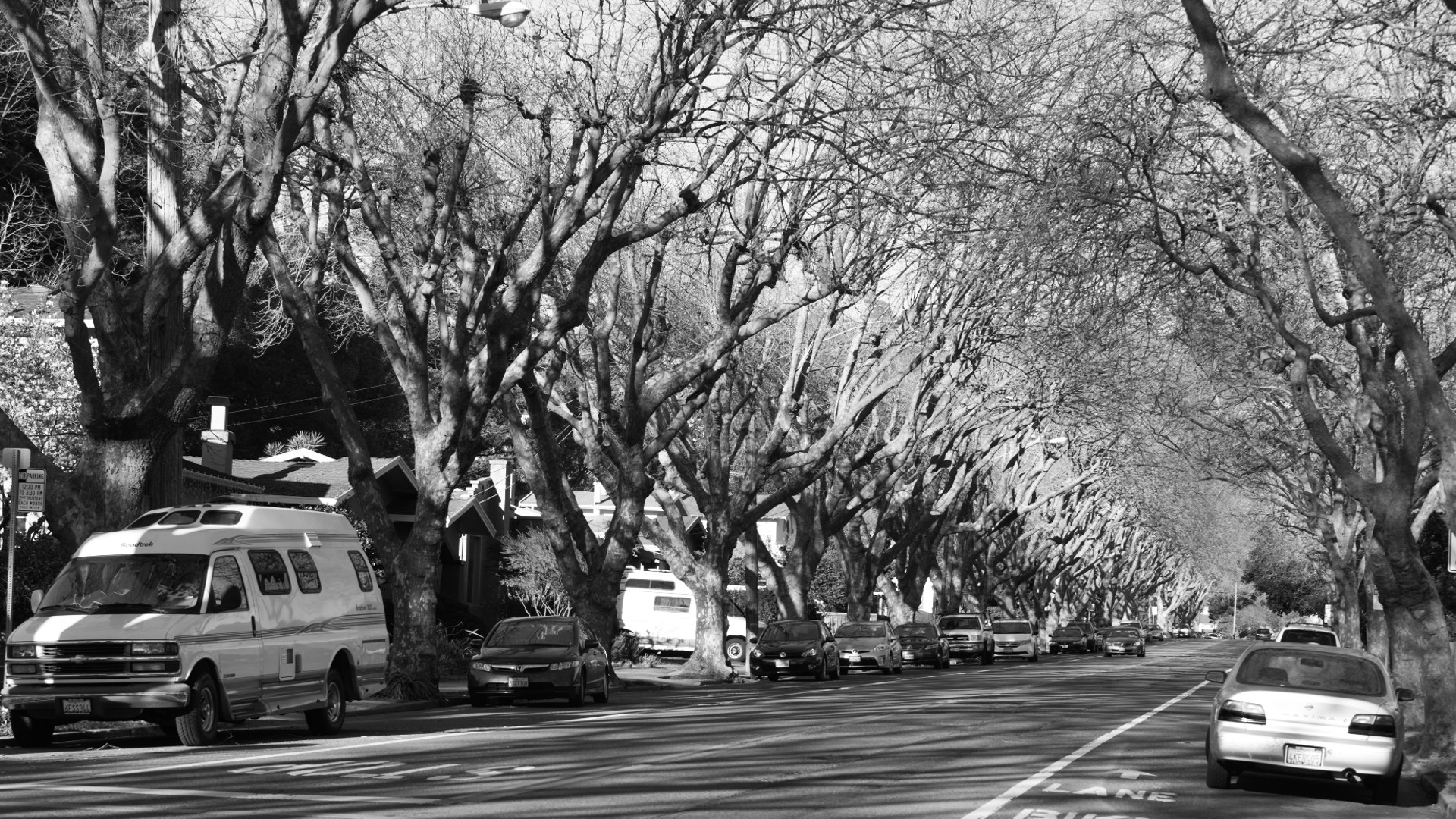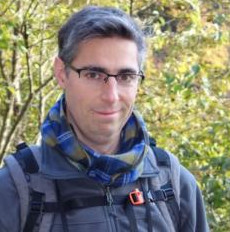Municipal tree managers and other urban residents, especially those in the inland cities of California, should begin reconsidering their palettes of common street tree species to prepare for the warmer conditions brought on by climate change, according to our new research.
These surprising conclusions, published recently in the journal Urban Forestry & Urban Greening, are the result of a survey spanning 16 cities across California where we sought to evaluate how the common street tree species, such as the coast redwood and London planetree, might fare in warming climate. To accomplish this we used a method known as space-for-time substitution, which looks at current spatial patterns to model future trajectories of ecological systems.
First we tallied the most common street tree species in 16 “representative” cities in California, with each city representing a distinct climate zone: from Eureka on the cool North Coast to warm Burbank, east of Los Angeles, and hot Fresno in the middle of California’s Central Valley.
Next we determined each city’s “warm” counterpart, where the climate today approximates the expected conditions in the city about 80 years from now (specifically, where the daytime temperatures in July today approximate those that are expected in the target city in 2099). For example, Eureka can expect a climate at the end of the century to be a bit like Berkeley’s today, whereas Fresno’s climate in 2099 will resemble today’s climate of El Centro (see the complete list of cities below). The corresponding warm cities were chosen using climate predictions from Cal-Adapt, which synthesizes multiple climate change scenarios to estimate the magnitude of warming.
| Climate zone | City | Corresponding city (approximates climate in 2099) |
| 1 | Eureka | Berkeley |
| 2 | Ukiah | Fresno |
| 3 | Berkeley | Santa Ana |
| 4 | King City | Stockton |
| 5 | Santa Maria | Santa Ana |
| 6 | Santa Monica | King City |
| 7 | San Diego | Santa Ana |
| 8 | Santa Ana | Burbank |
| 9 | Burbank | Fresno |
| 10 | Riverside | Barstow |
| 11 | Yuba City | El Centro |
| 12 | Stockton | Barstow |
| 13 | Fresno | El Centro |
| 14 | Barstow | El Centro |
| 15 | El Centro | Furnace Creek |
| 16 | Susanville | Barstow |
Finally we compared the tree-species lists from each representative city to that of its warm equivalent: Eureka’s trees with Berkeley’s, Fresno’s street trees with those of El Centro, and so on. The results pointed to a sharp distinction between the coastal cities and those further inland. The warm equivalents of coastal cites contain most of the same common urban tree species of their representative cities, while the warm equivalent of inland cities seemed to lack most, and in some cases all, of the common trees found in those representative cities. In other words, while Berkeley — the “warm Eureka” — contains most of the street trees common in Eureka today, Barstow — the “warm Fresno” — lacks most of Fresno’s common street trees.
The main implication of these results is that the coastal California cities appear to be better suited to withstand 2099’s climate than the inland cities. According to our projections, some inland cities in our study may need to start changing their tree palette promptly. If they don’t start adding new tree species, these cities could lose the majority of their street trees as the climate warms.
While the study was not designed to evaluate underlying reasons, it appears that this difference in coastal and inland cities arises from a combination of two factors. First, less warming is expected to occur along the coast than in the inland cities. Second, the coastal cities were perhaps a bit luckier in historically selecting their common trees from among more adaptable species.
The other implication is that we should not take for granted the continued presence and health of our street trees, especially at this moment when we need to not only retain but substantially expand our urban forests. This is because urban trees are uniquely valuable in managing climate change. They, like other trees, sequester carbon, removing CO2 from the atmosphere and thus reducing the greenhouse effect. This means street trees are a critical, irreplaceable element in mitigating climate change.
But urban trees, unlike their wildland cousins, provide shading to houses, people and infrastructure. In addition they cool, by evapotranspiration of water, the air in the cities, helping to make our cities more livable. In this way urban trees are also a unique factor in adapting our cities to climate change.
This twin nature of urban trees, important both in mitigation of climate change and in adaptation to it, makes them worthy of continued preservation — not just in California, but in cities around the globe.
© 2018 Joe R. McBride & Igor Laćan. All rights reserved.
The opinions expressed above are those of the author and do not necessarily reflect those of The Revelator, the Center for Biological Diversity or their employees.



